Long before his directorial genius captivated audiences worldwide with films like “2001: A Space Odyssey” and “The Shining,” a young Stanley Kubrick roamed the streets of New York City with a camera in hand. As a photojournalist for Look magazine in the 1940s, he captured a unique perspective of the city that never sleeps, his images revealing a world of contrasts, raw emotions, and fleeting moments of humanity.
A City of Contrasts
He captured the city’s pulse in its bustling streets, filled with a diverse array of people from all walks of life. The bright lights of Times Square, a beacon of American entertainment, contrasted sharply with the dimly lit alleyways of the Lower East Side, where poverty and hardship were commonplace.
We see children playing stickball in the streets, their faces etched with determination and joy, while nearby, a homeless man huddles in a doorway, seeking refuge from the elements. These images offer a glimpse into the stark realities of life in a city where dreams and destitution often coexisted..
Read more
People in Motion
One of Kubrick’s greatest strengths as a photographer was his ability to capture people in motion. He understood that the true essence of a city lies in its inhabitants, their daily routines, their interactions, and their fleeting moments of joy and sorrow.
He captured the hustle and bustle of commuters rushing to work, their faces etched with a mix of anticipation and weariness. He captured the playful energy of children at a Coney Island amusement park, their laughter echoing through the frame. He captured the quiet solitude of a woman reading a book on a park bench, lost in her own world.
Kubrick was a master of light and shadow. He understood how to use these elements to create mood, atmosphere, and a sense of depth in his photographs. His images are often characterized by a dramatic interplay of light and dark, creating a sense of mystery and intrigue.
We see the sun’s rays filtering through the skyscrapers, casting long shadows on the sidewalks below. We see the warm glow of streetlamps illuminating the faces of passersby, revealing a flicker of emotion in their eyes. We see the stark contrast of light and shadow in a dimly lit jazz club, where musicians pour their souls into their music.
Kubrick’s use of light and shadow was not merely aesthetic; it was a way of conveying meaning and emotion. He used it to highlight the beauty and complexity of the human experience, to evoke a sense of longing, melancholy, or joy.


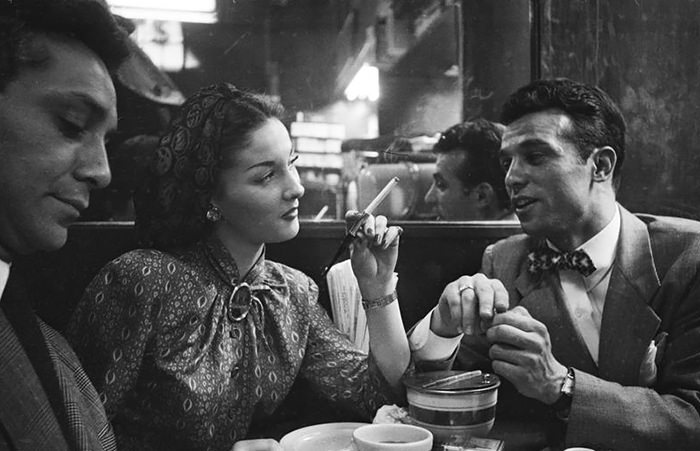
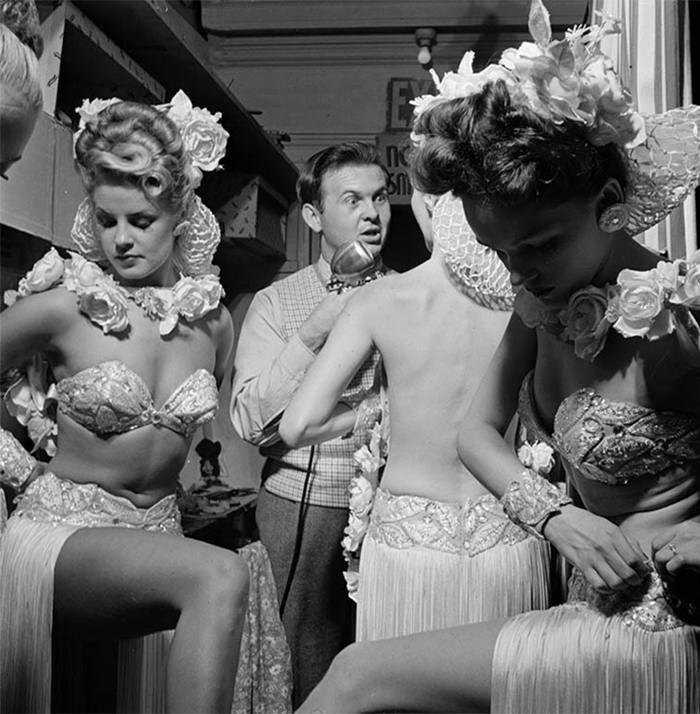
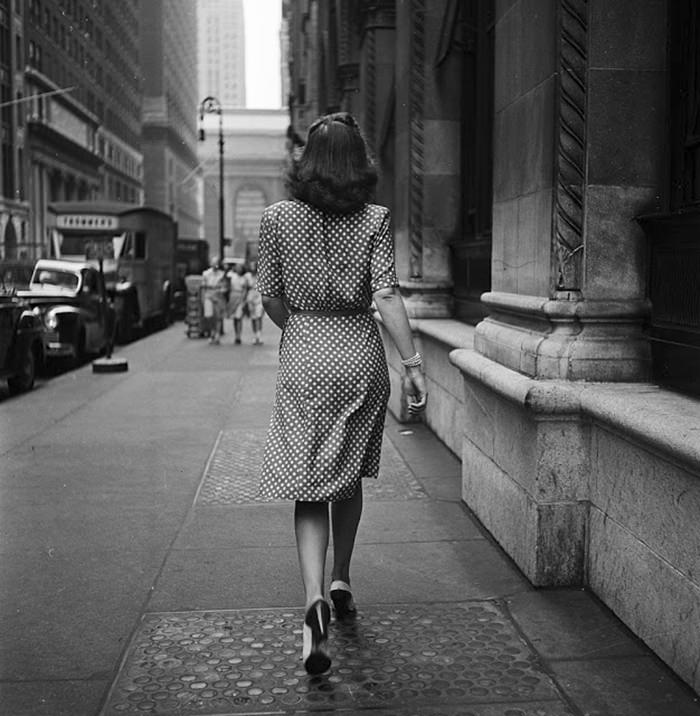
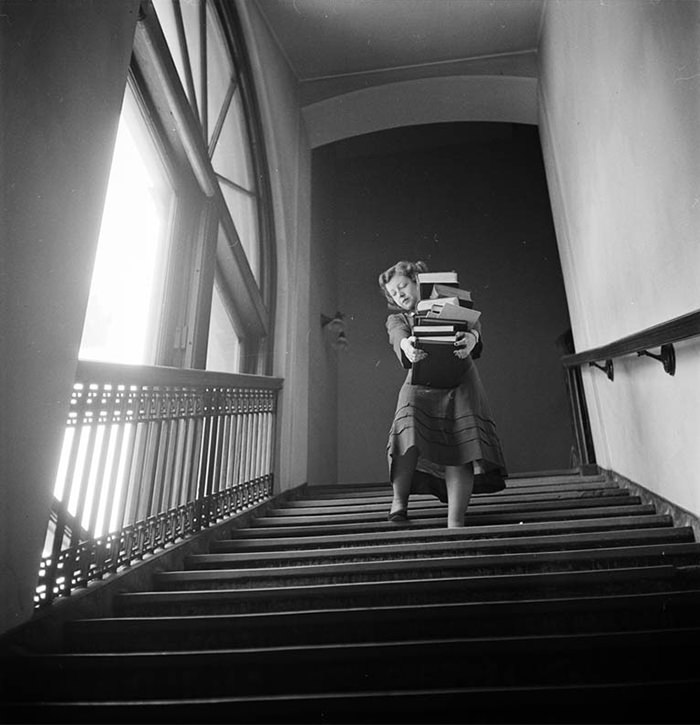
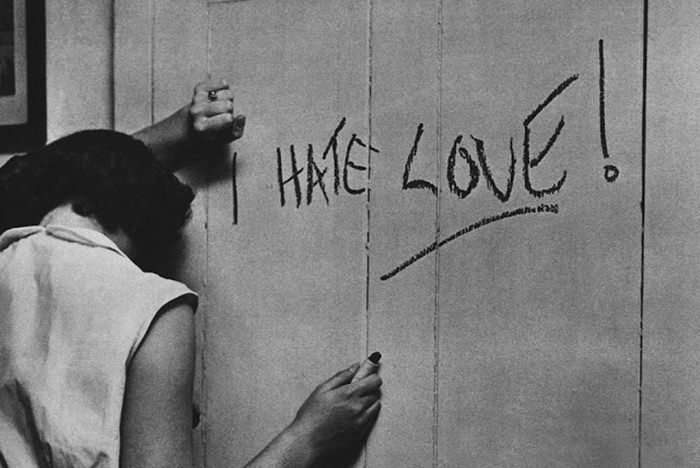
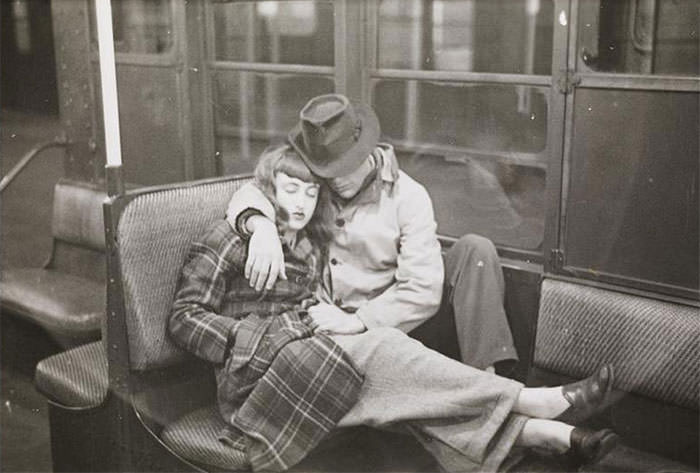
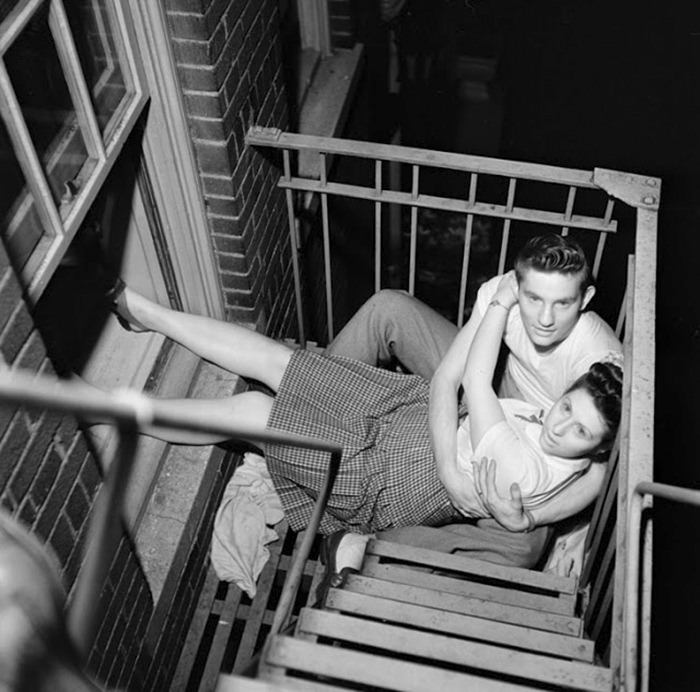
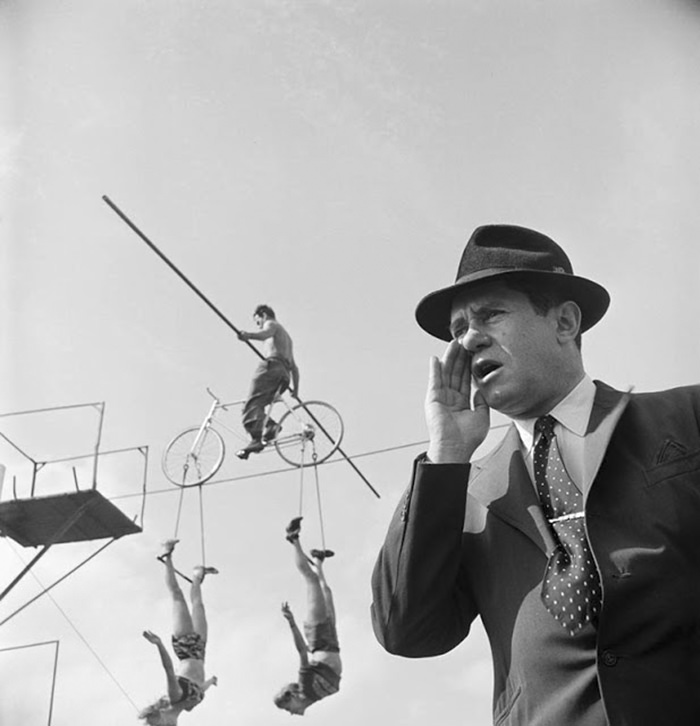
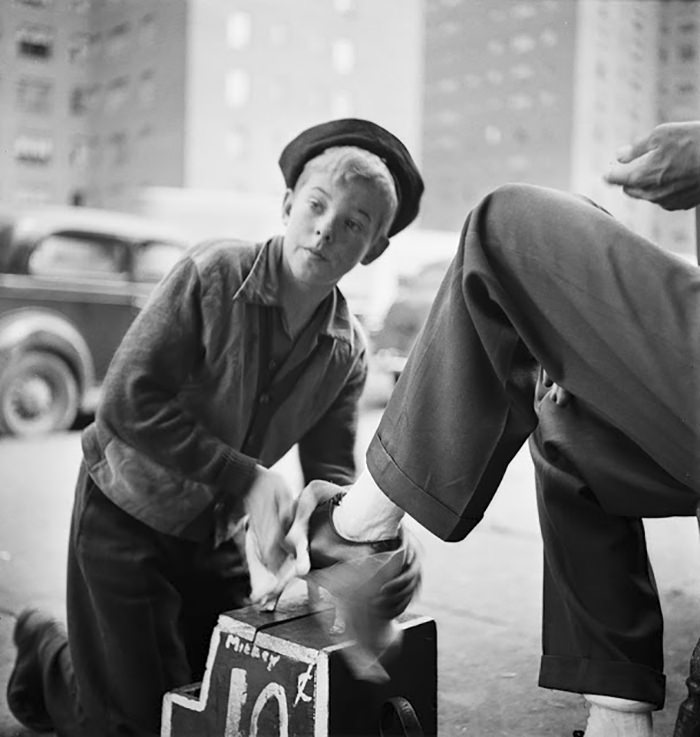
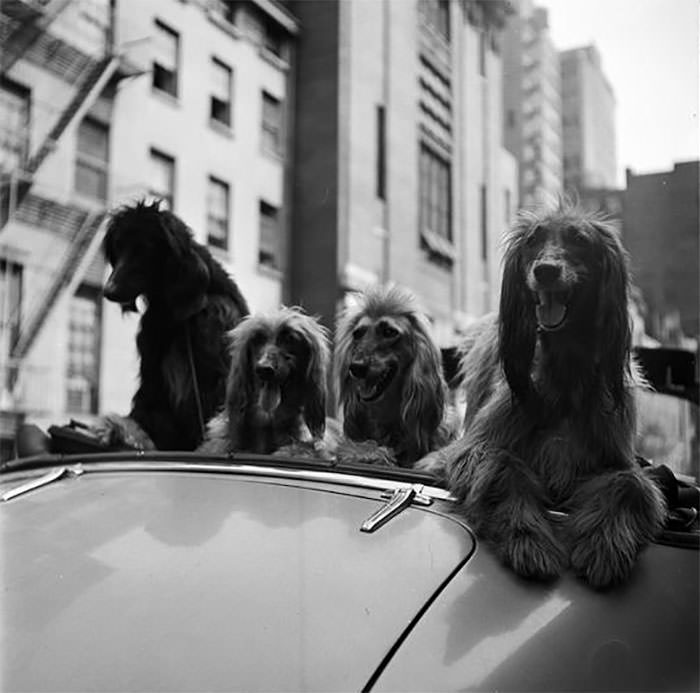
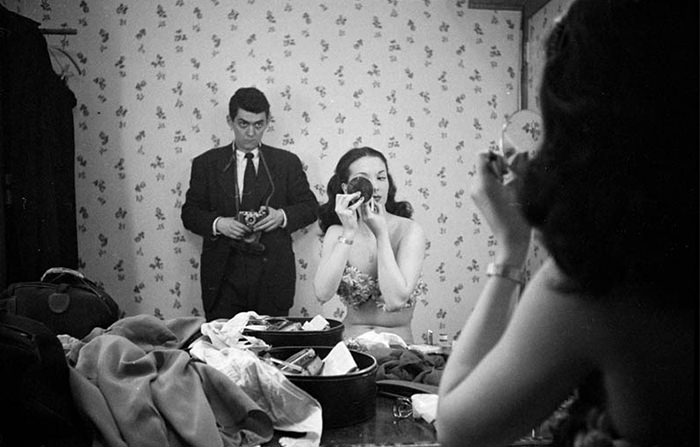
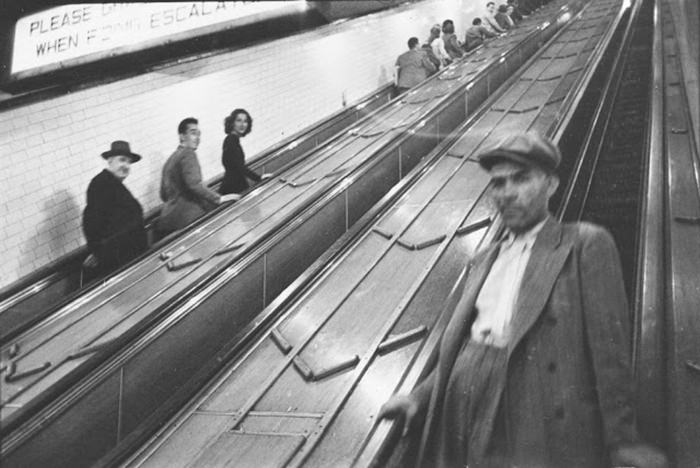
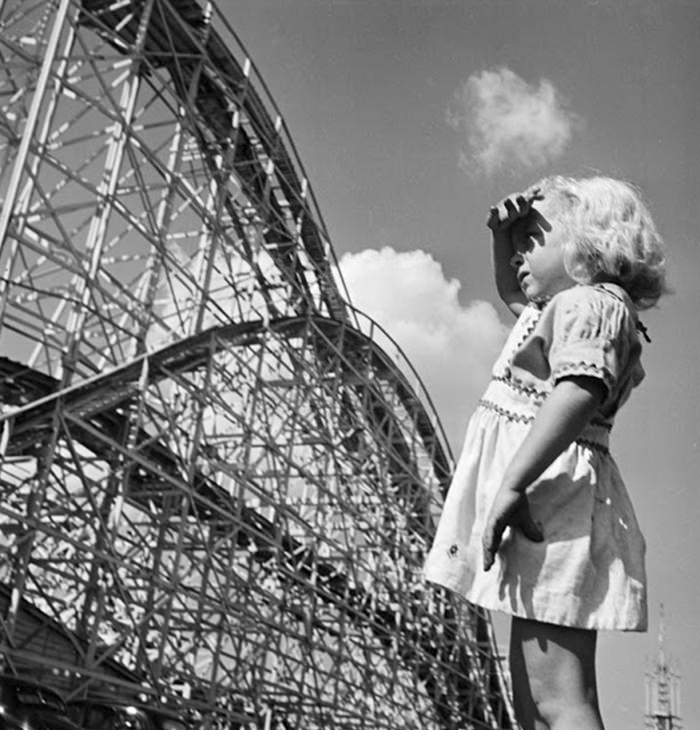
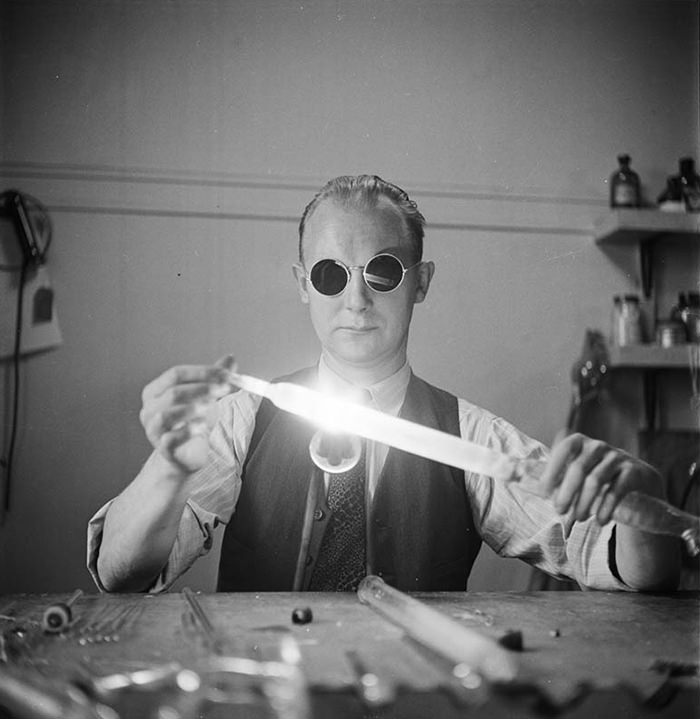
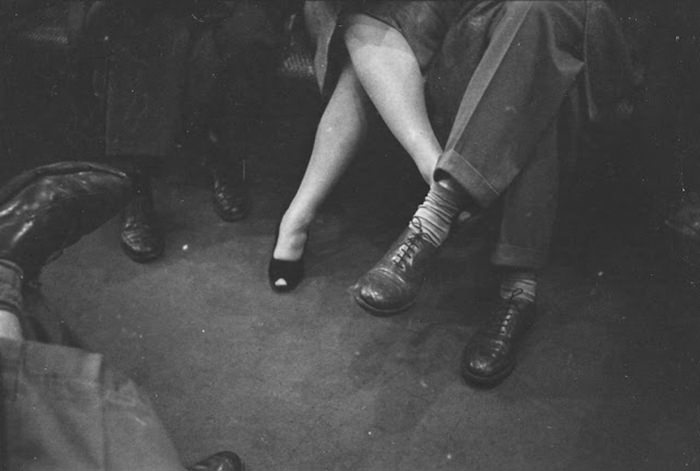
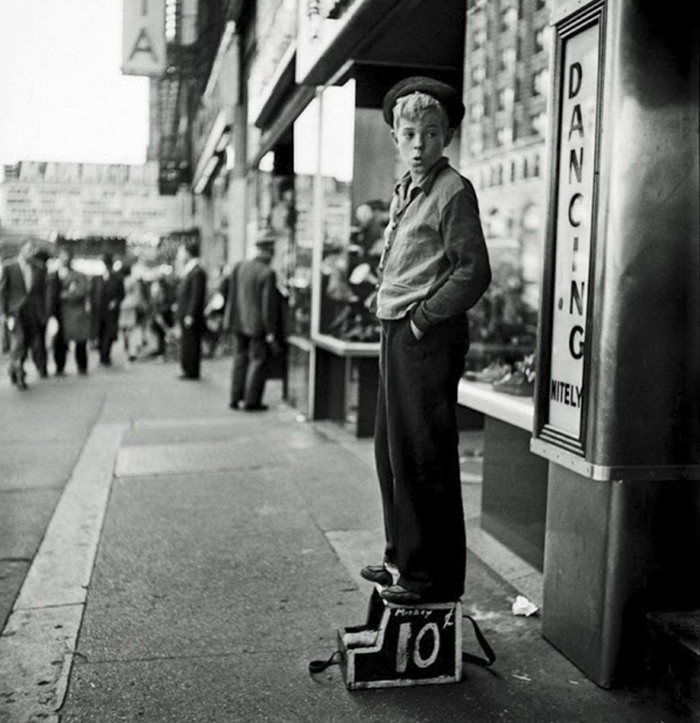
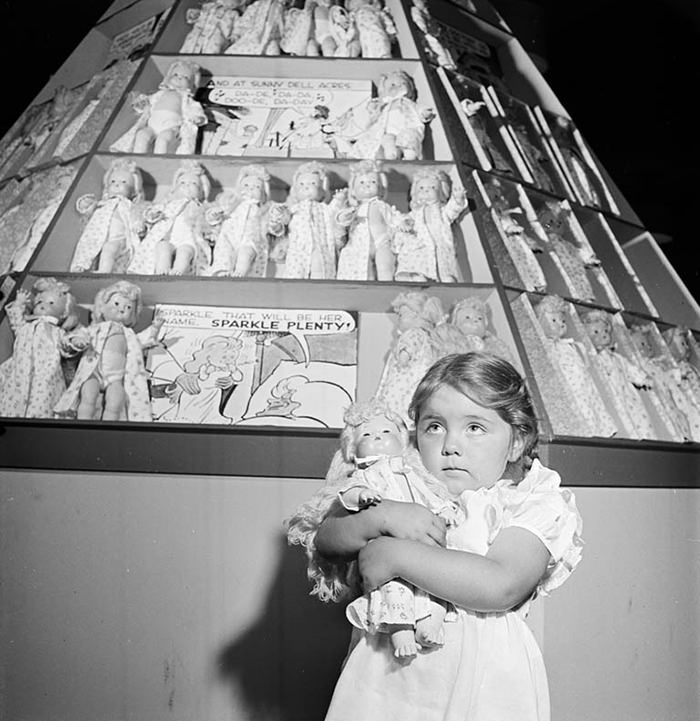
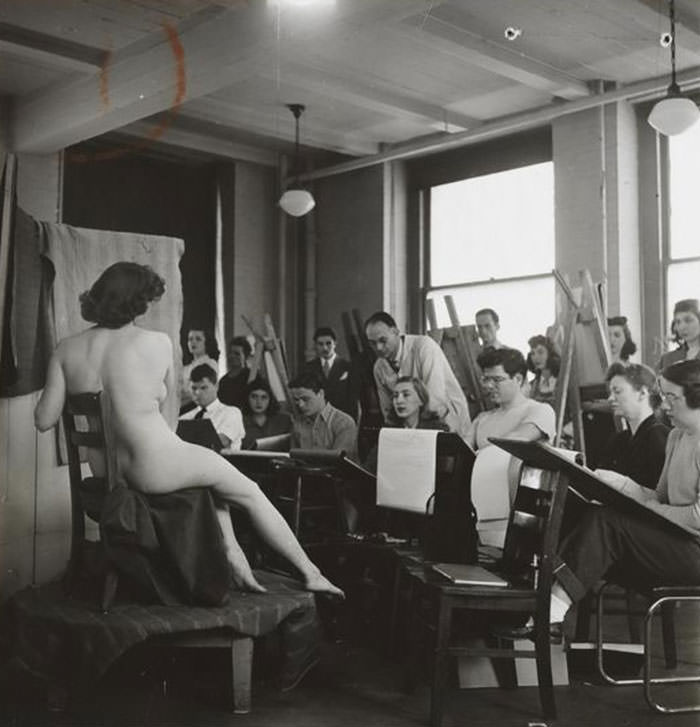
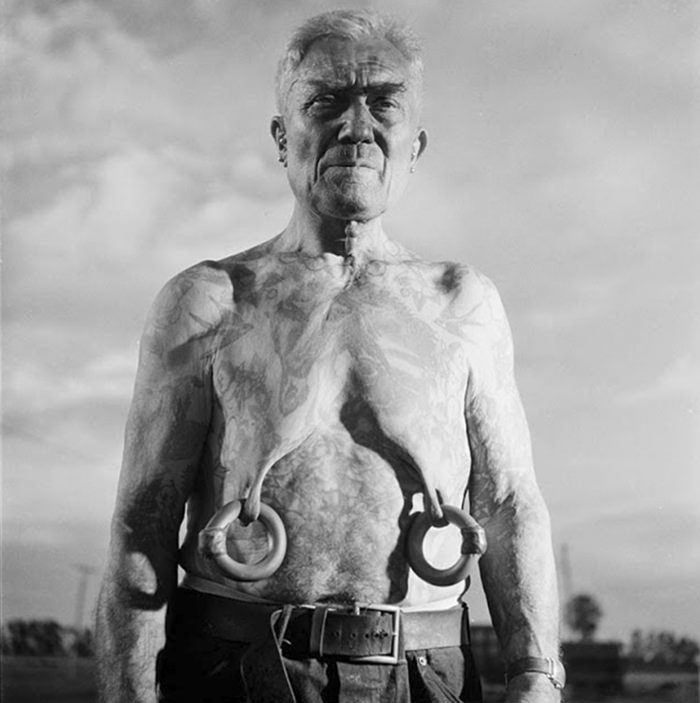
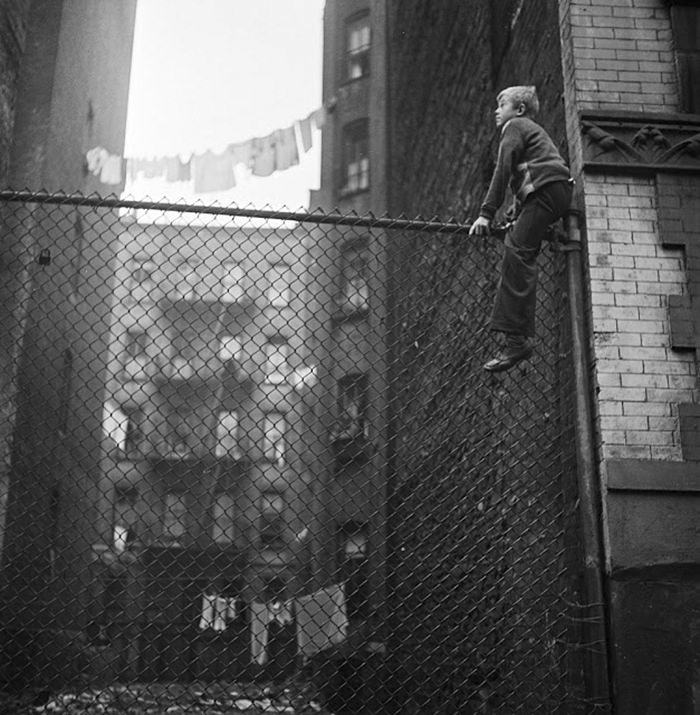
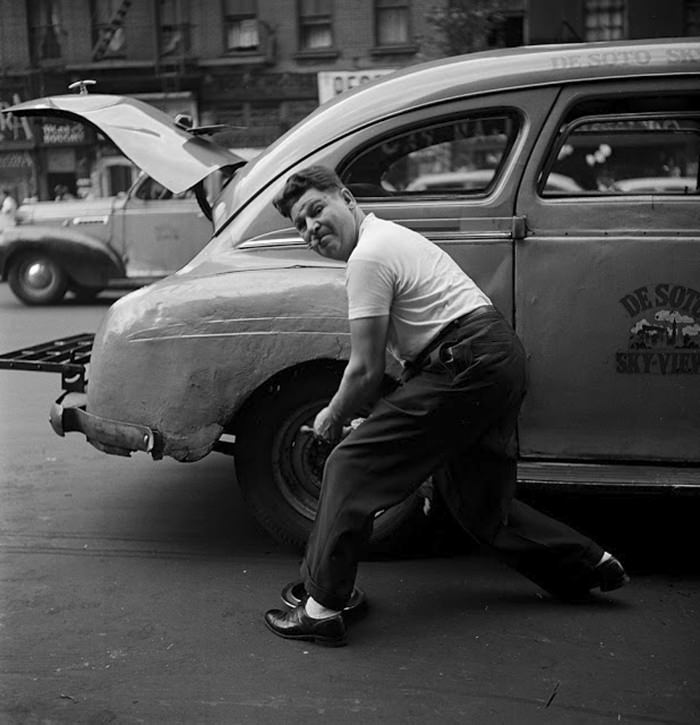
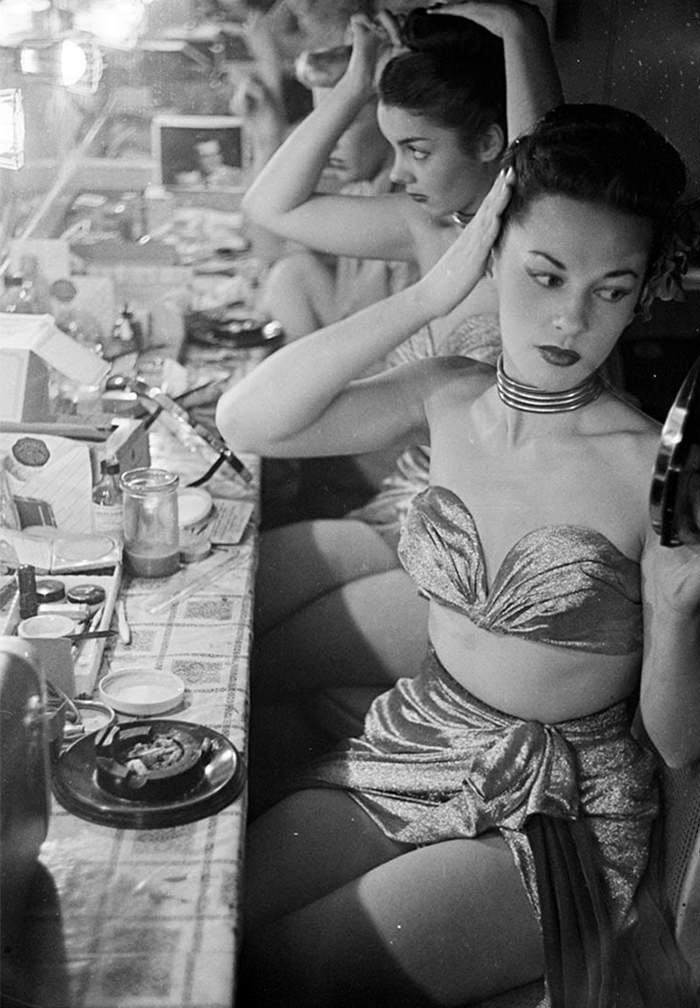
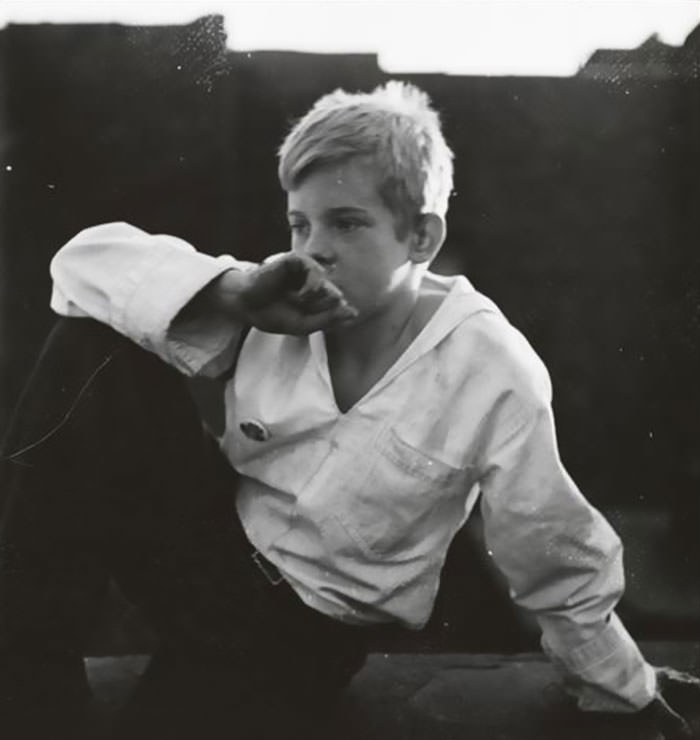
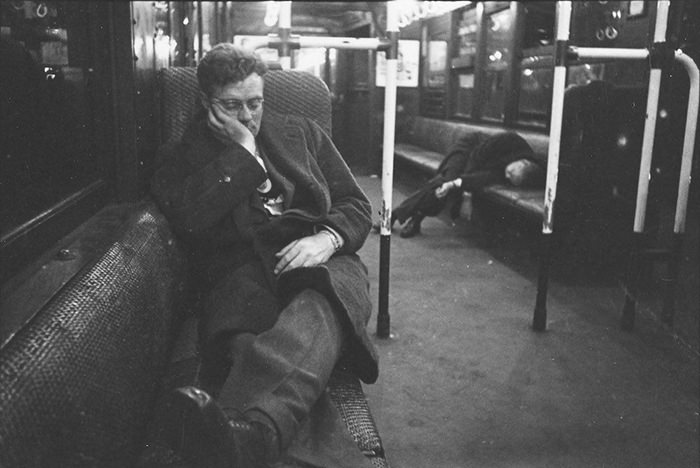
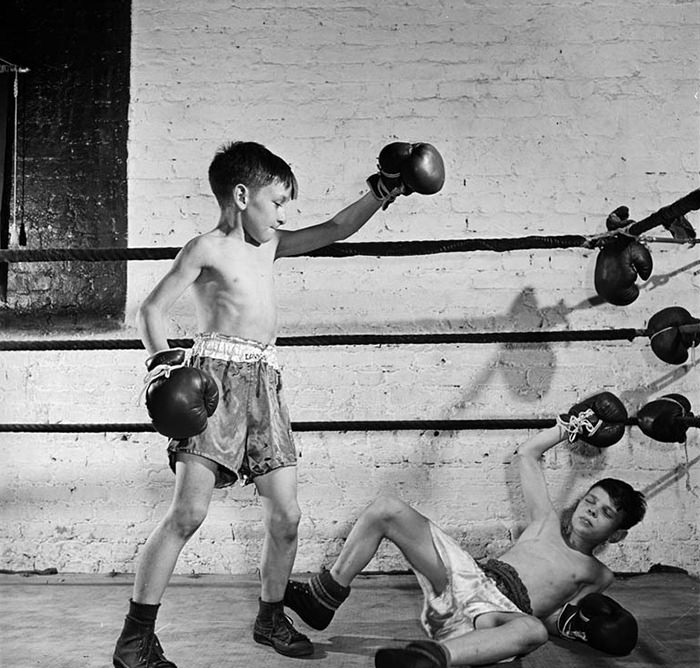
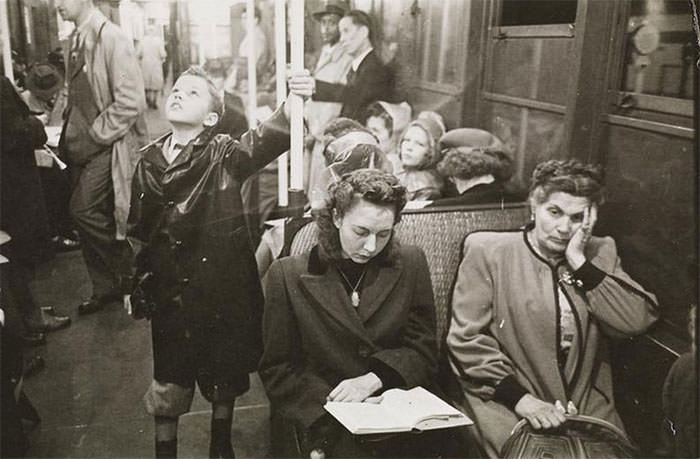
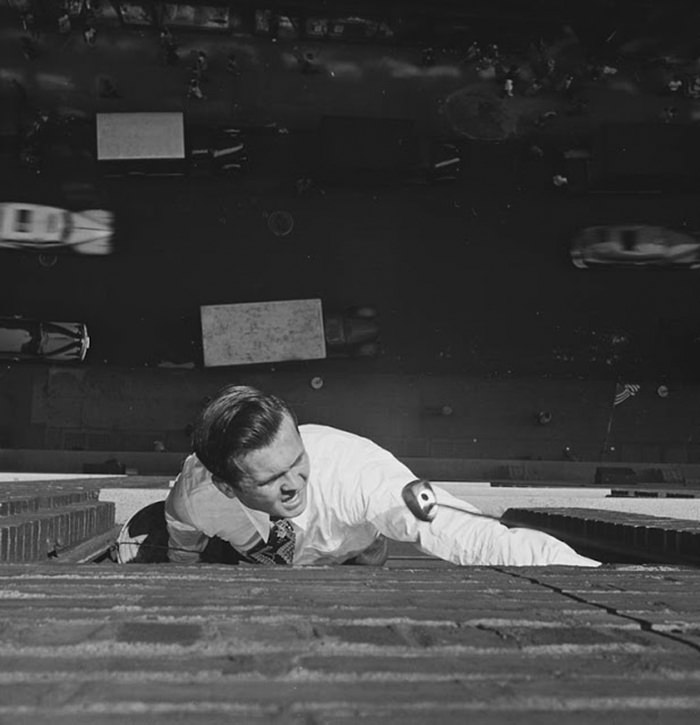
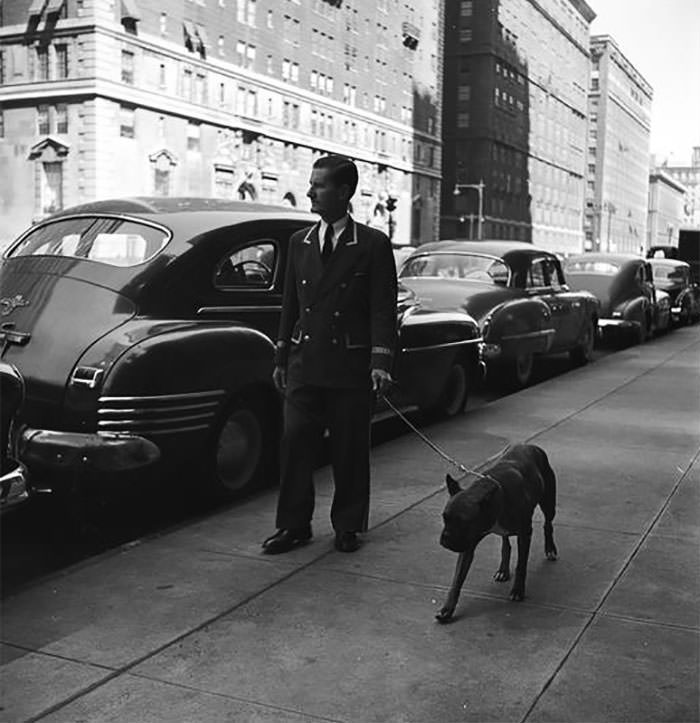
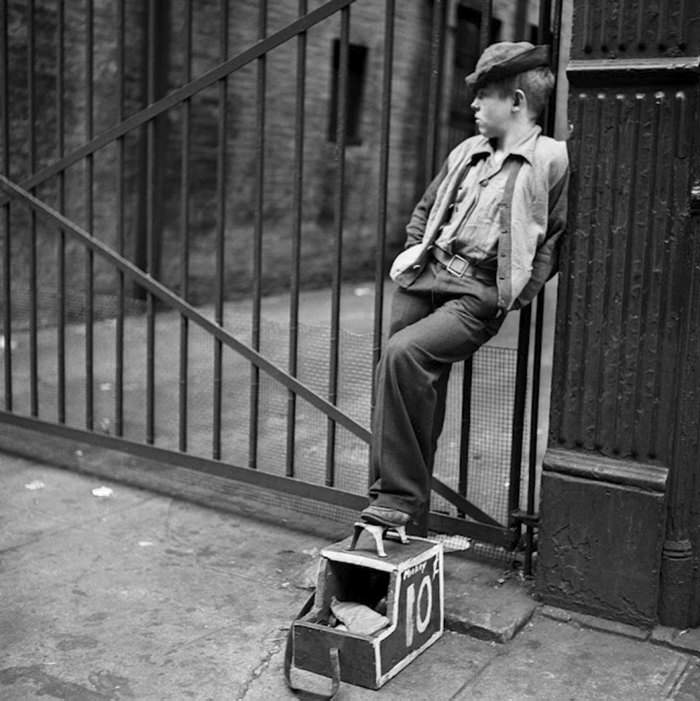
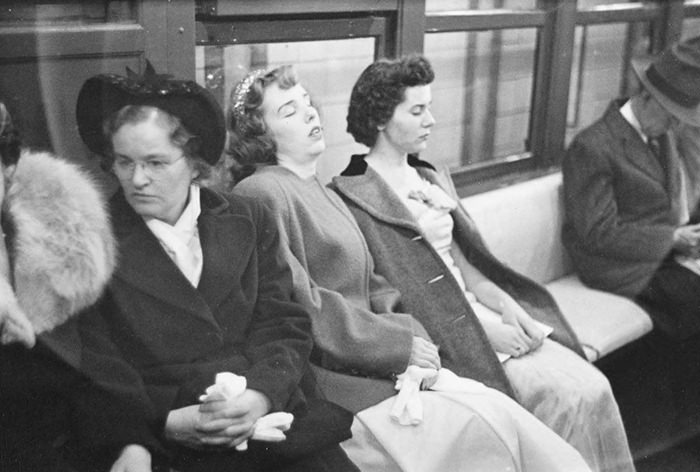
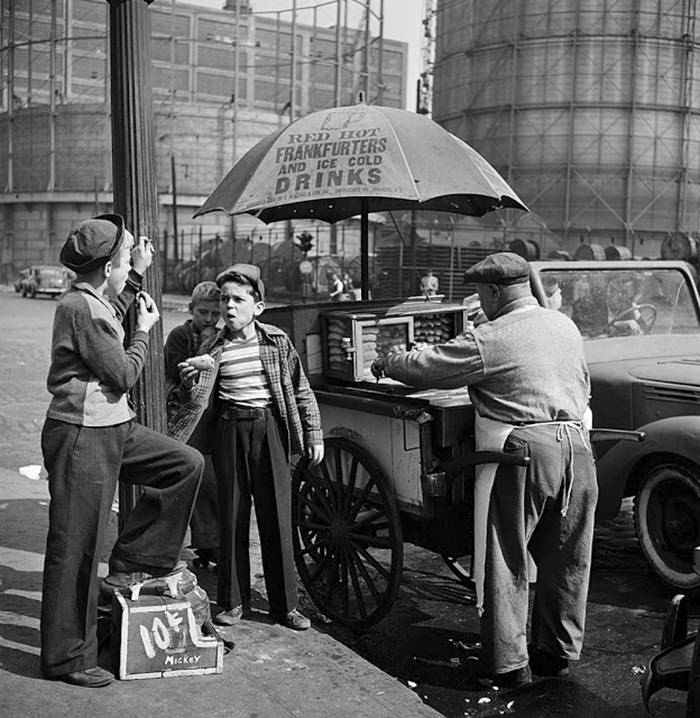
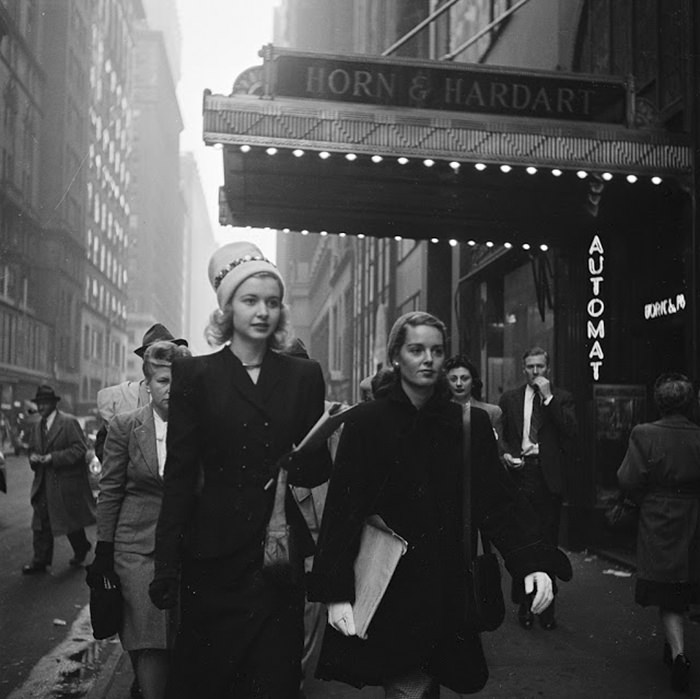
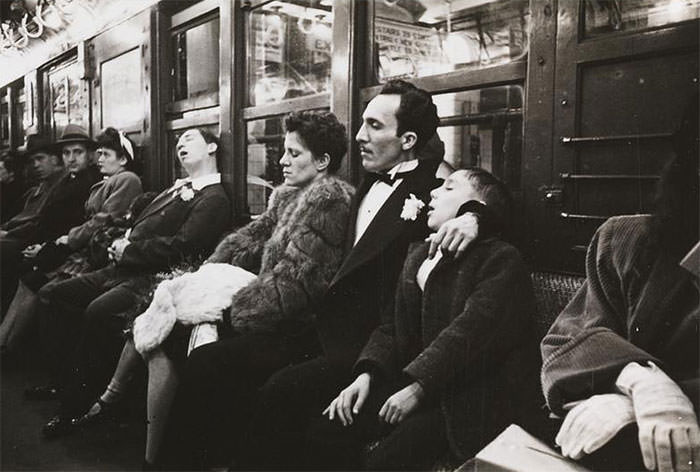
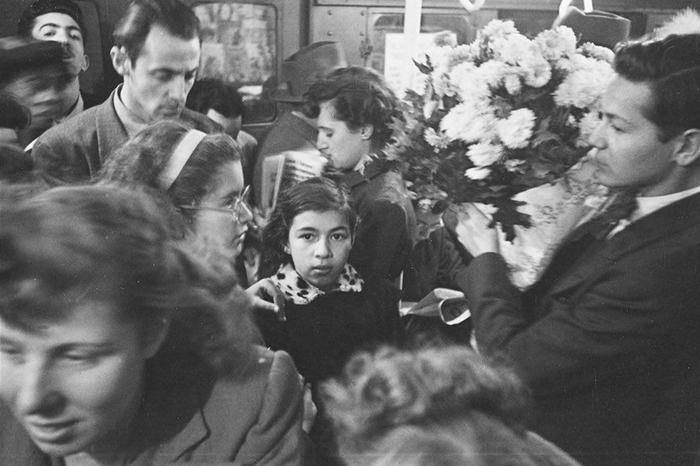
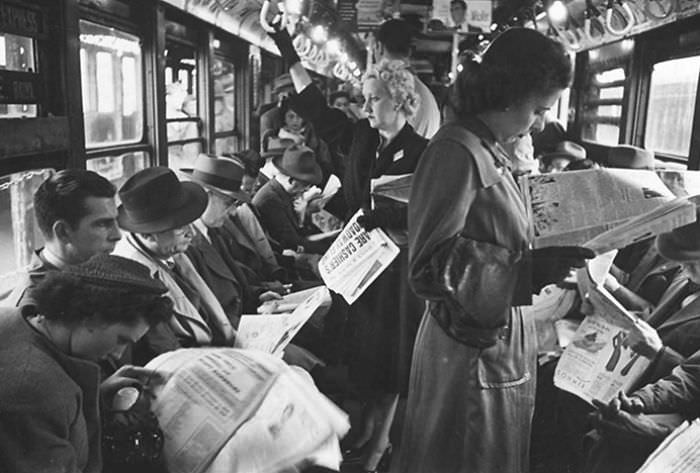
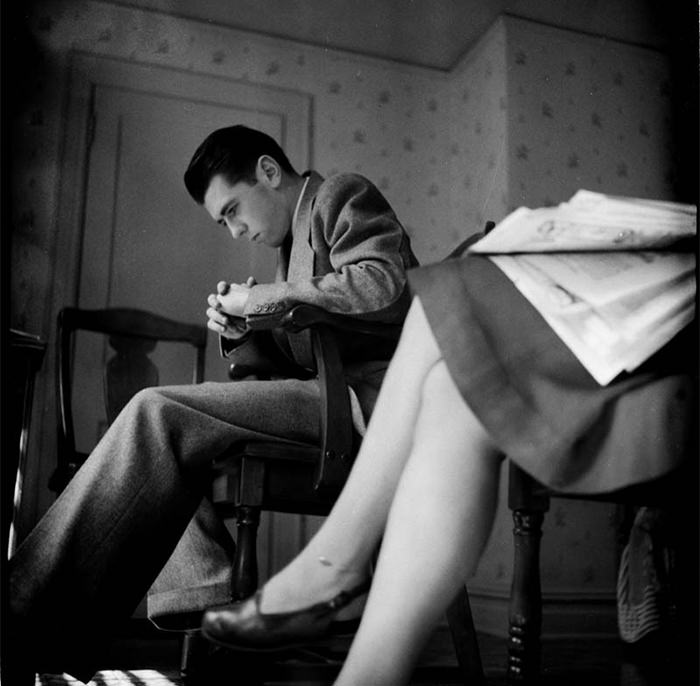
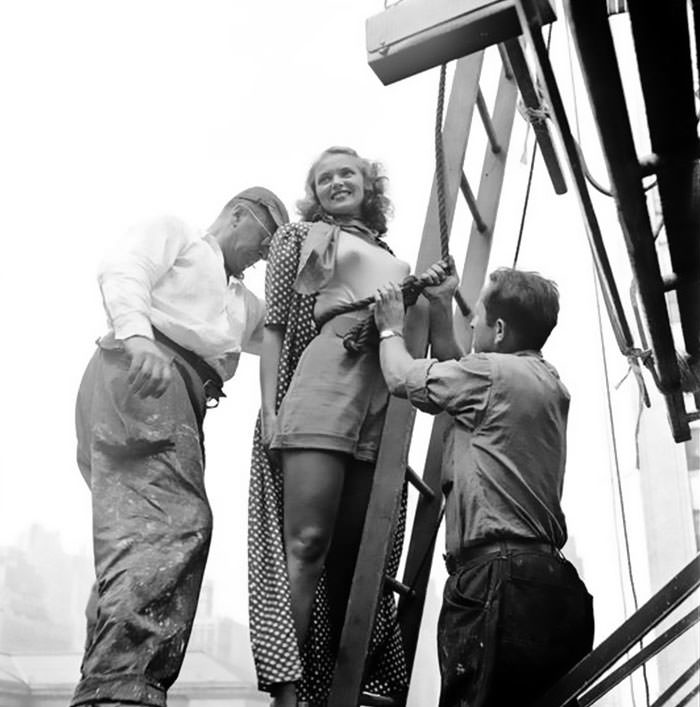
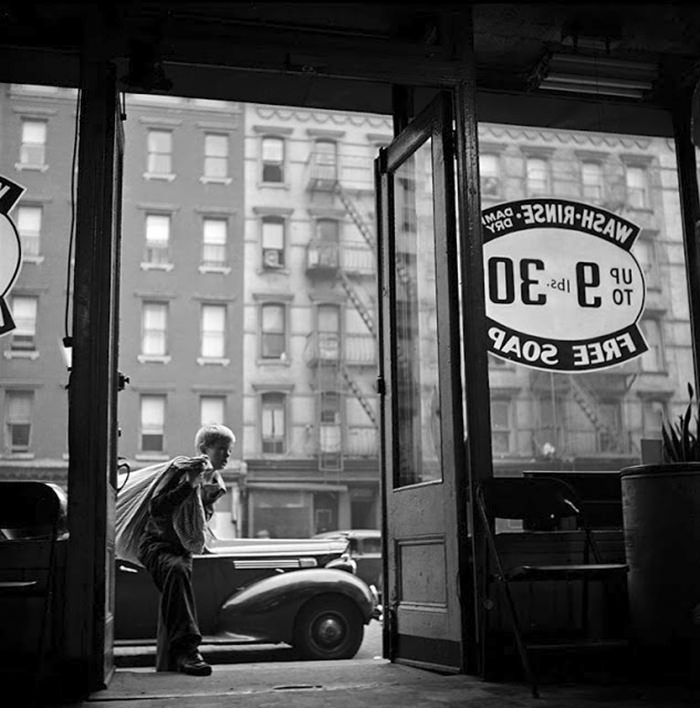
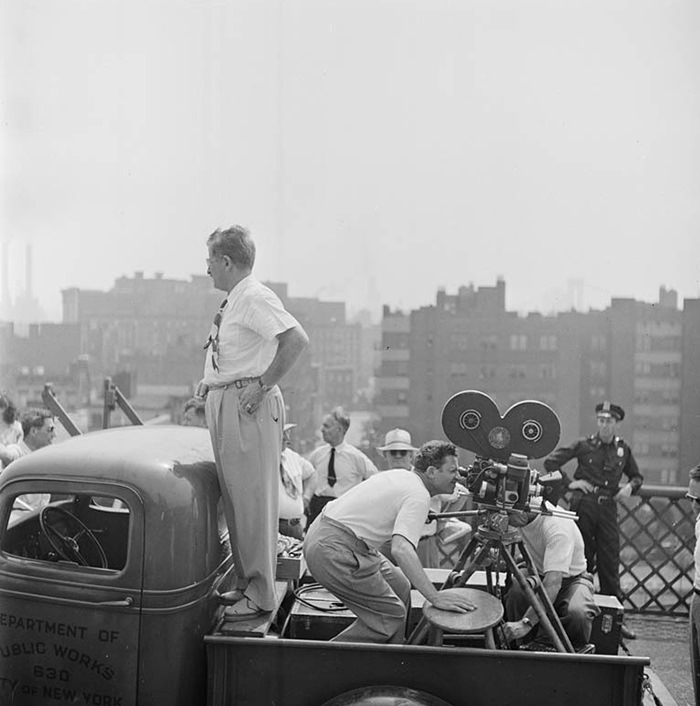
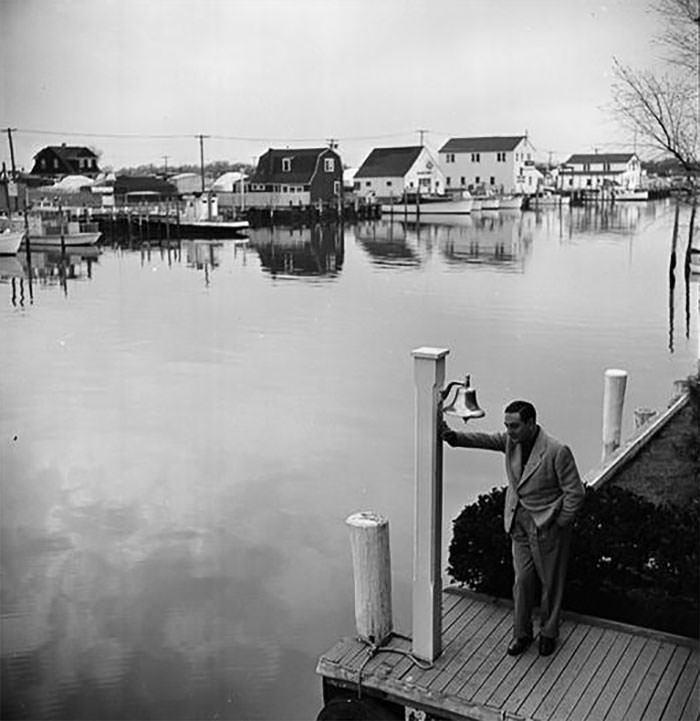
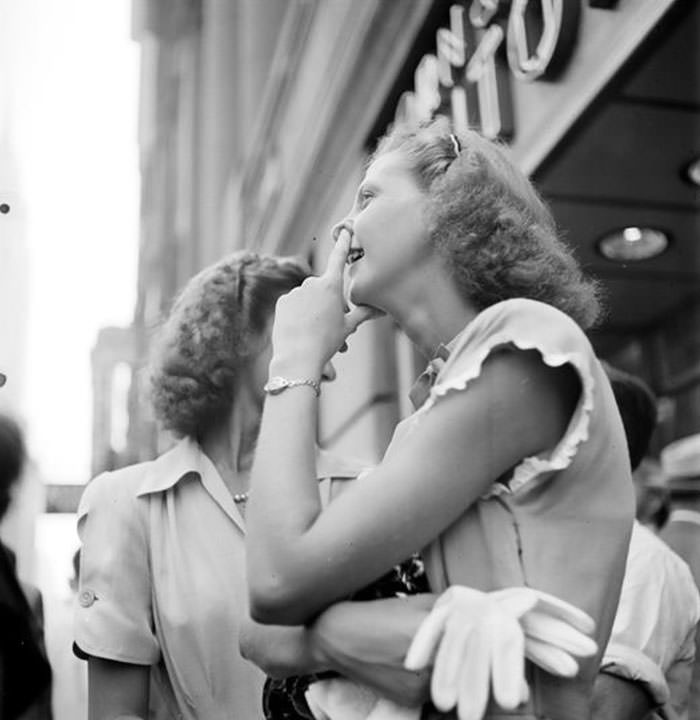
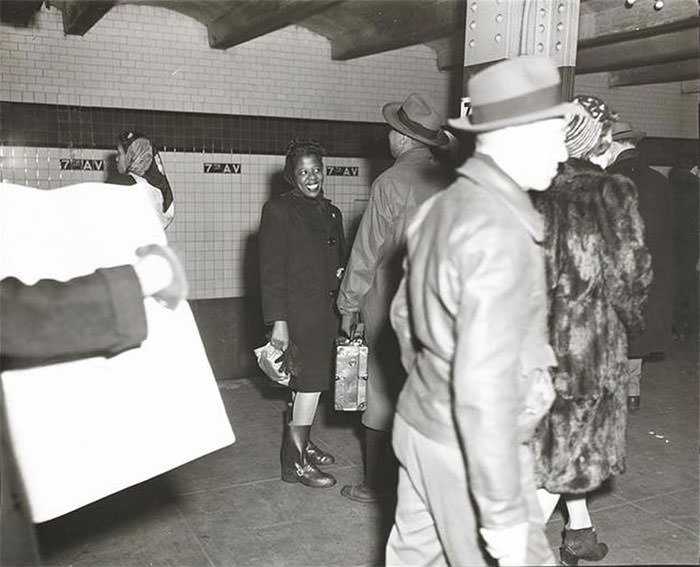
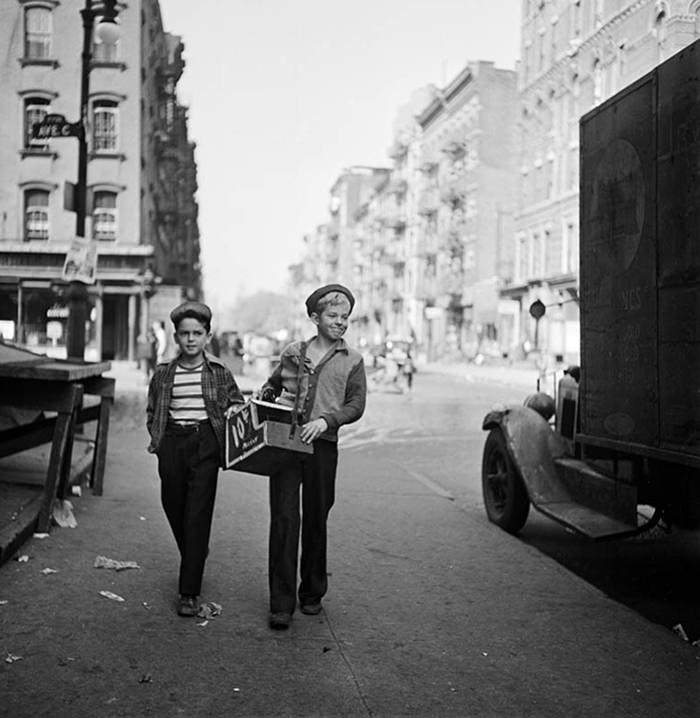
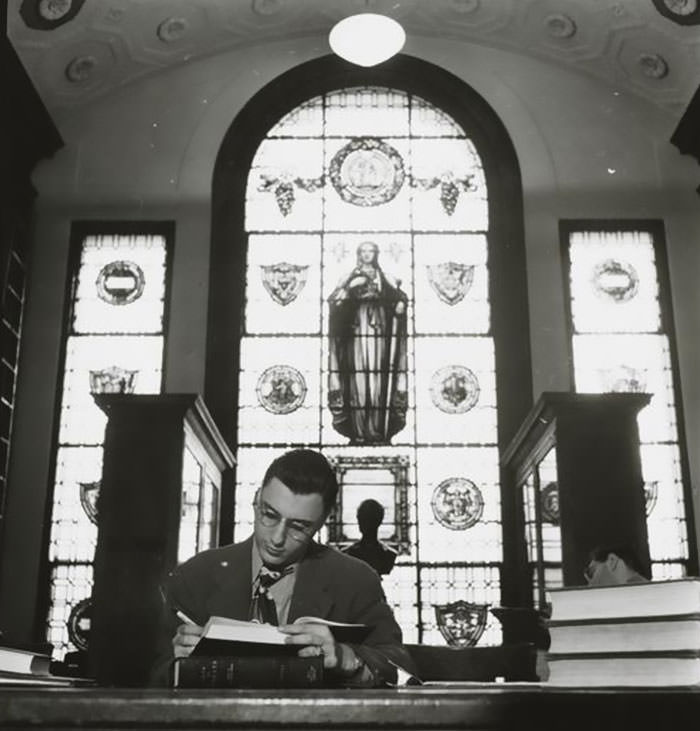
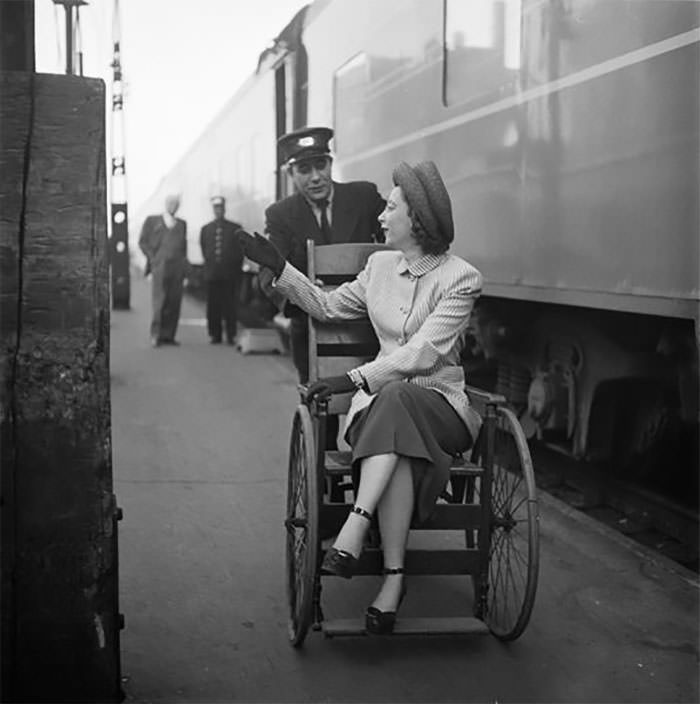
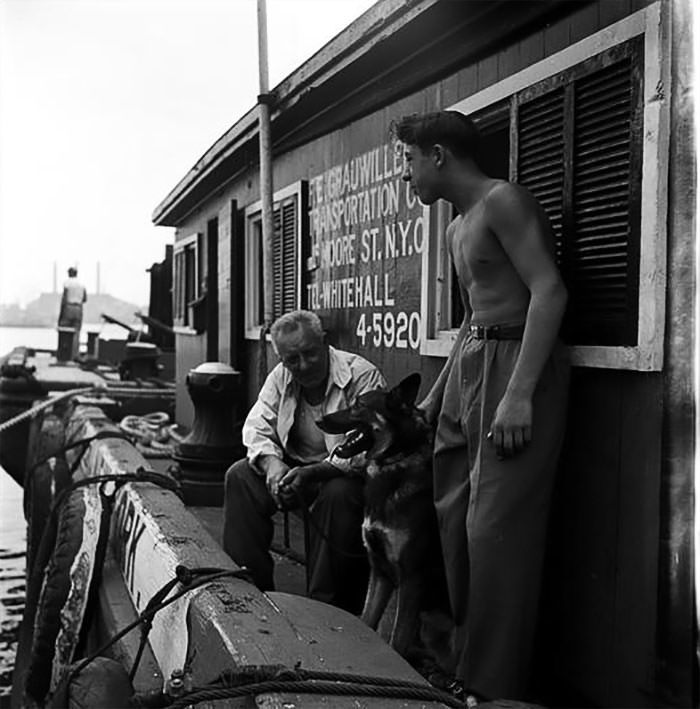
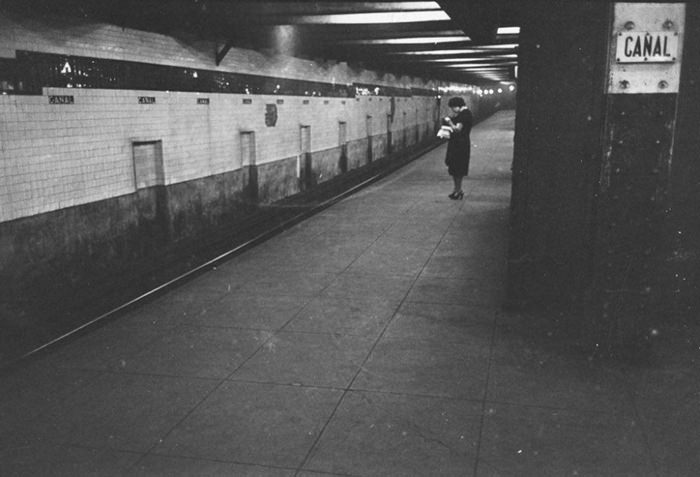
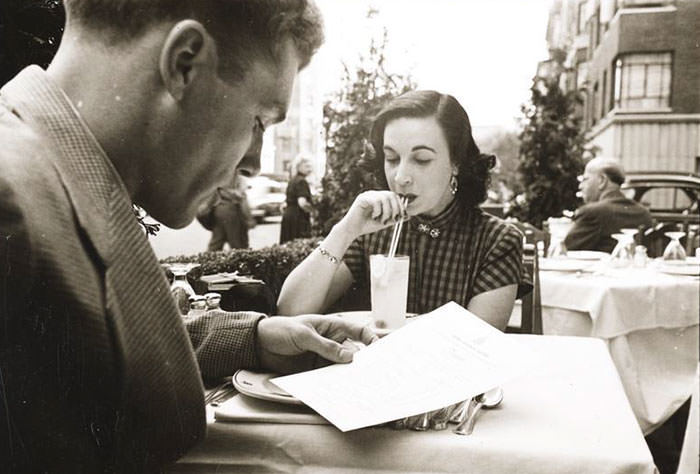
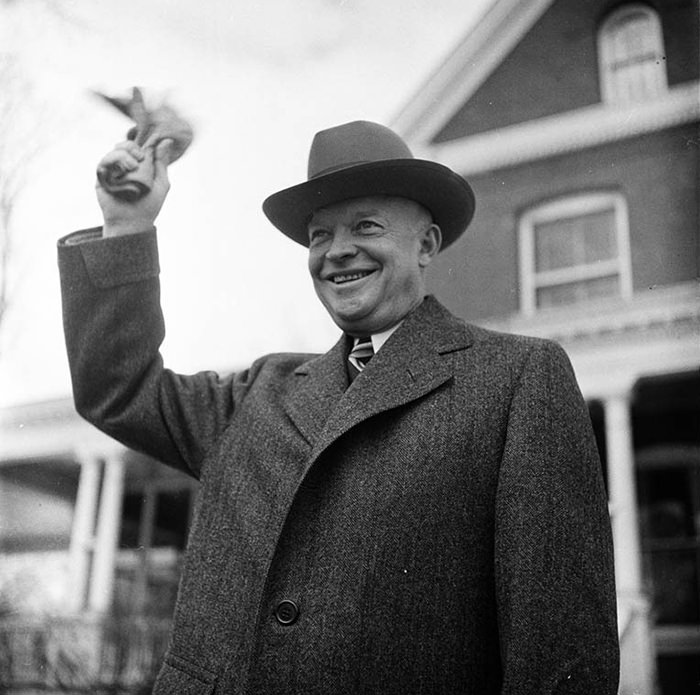
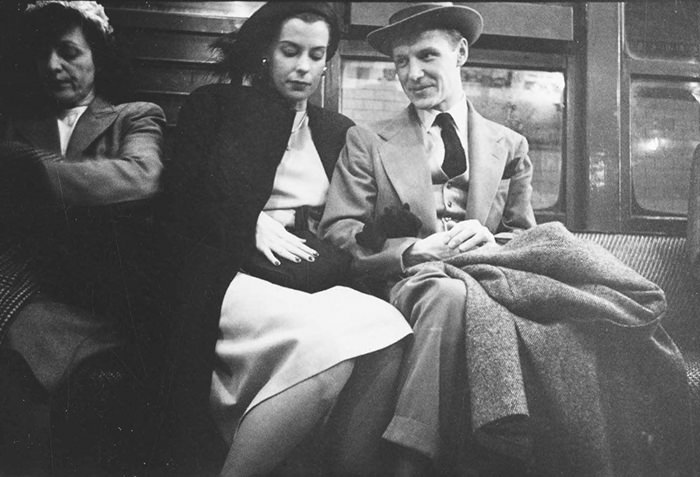
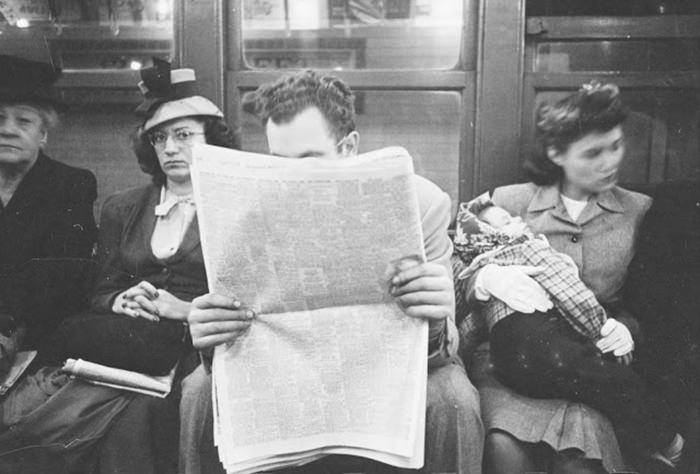
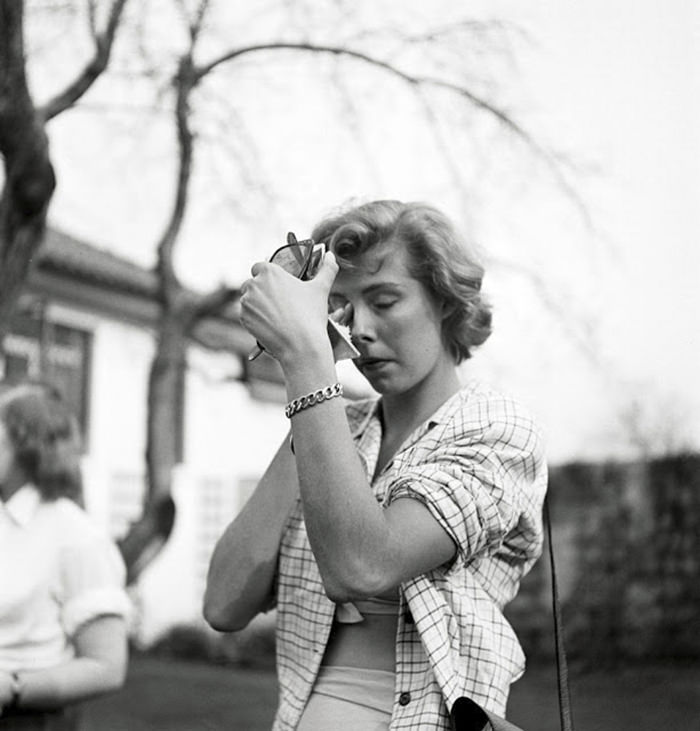
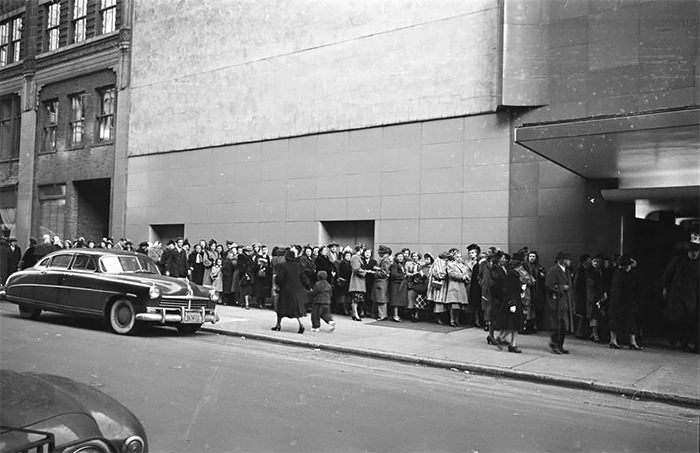
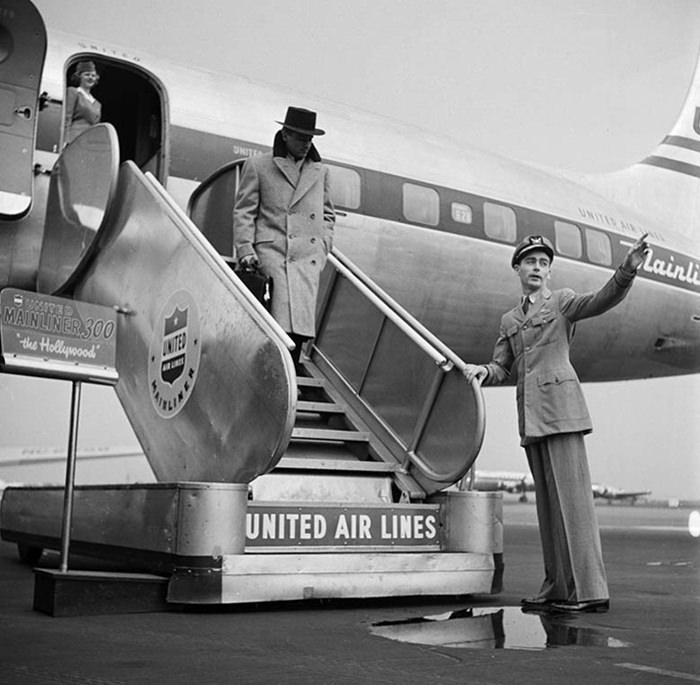
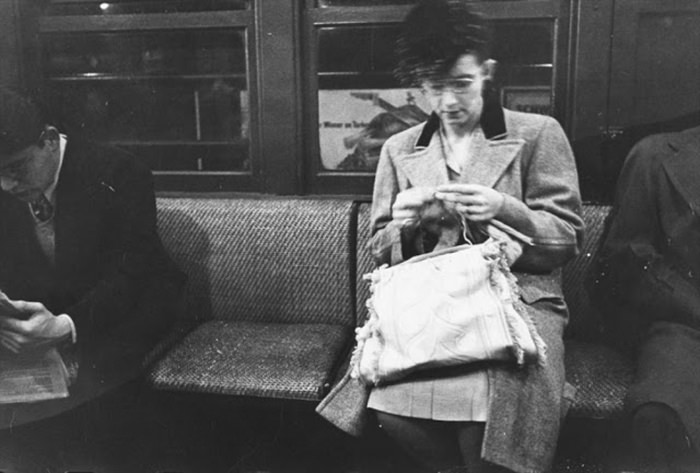
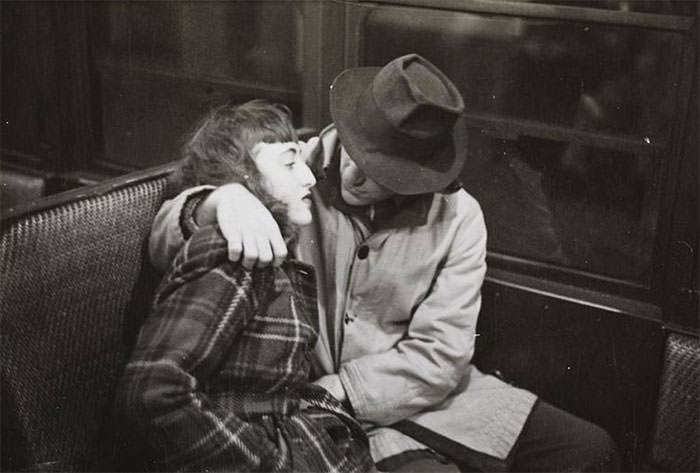
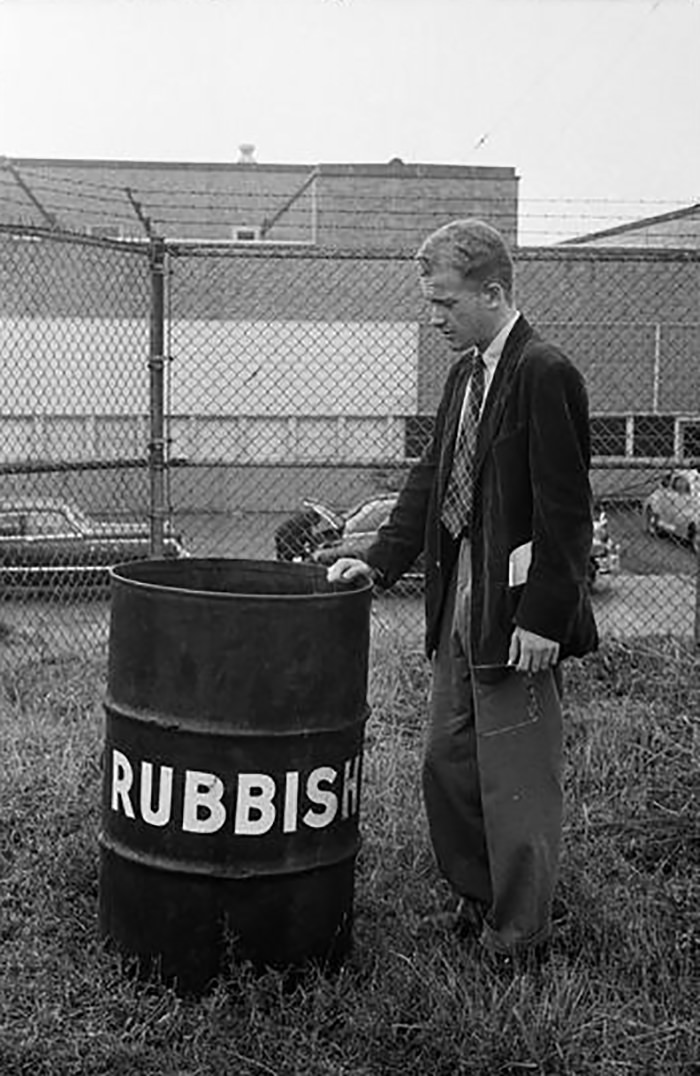
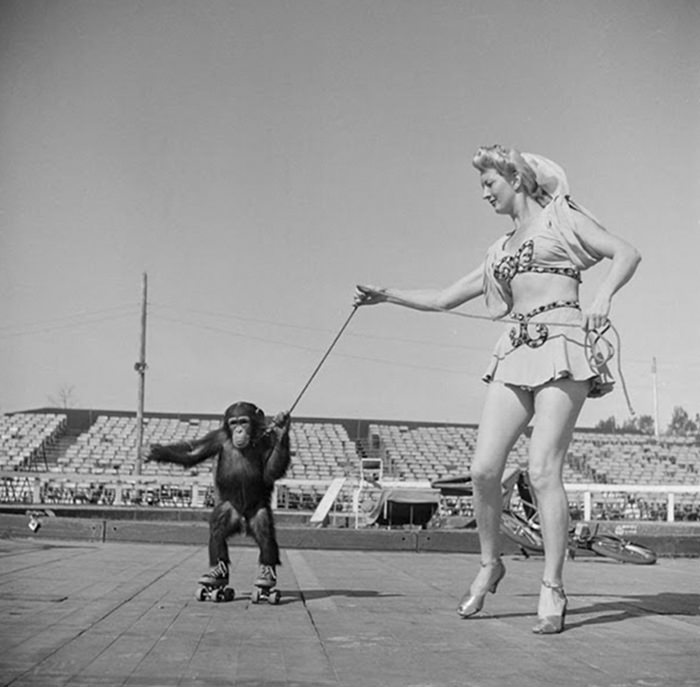
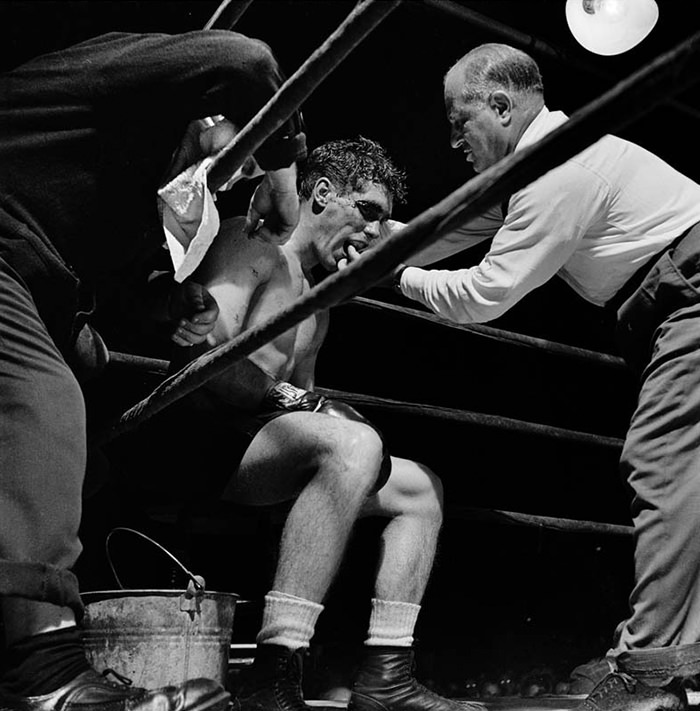
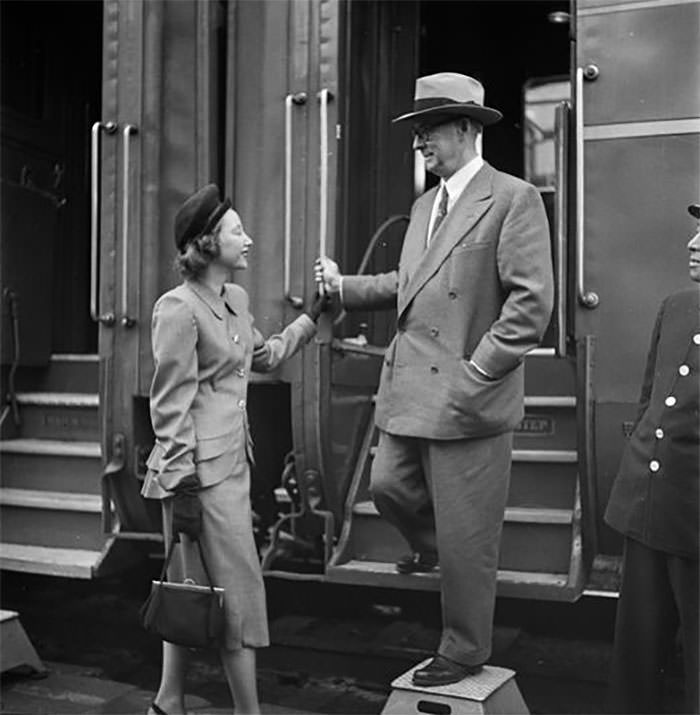
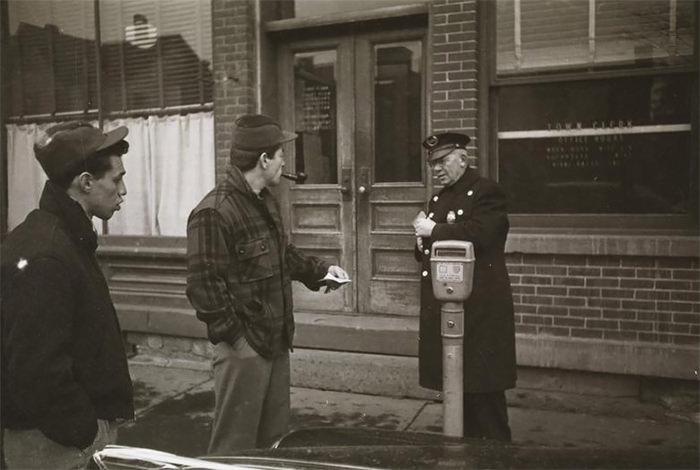
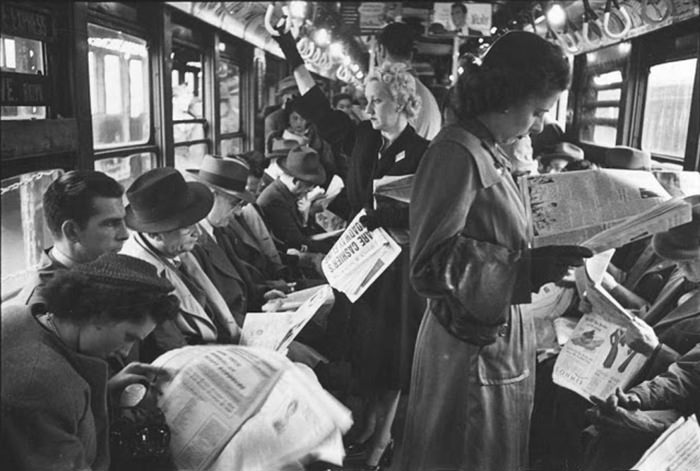
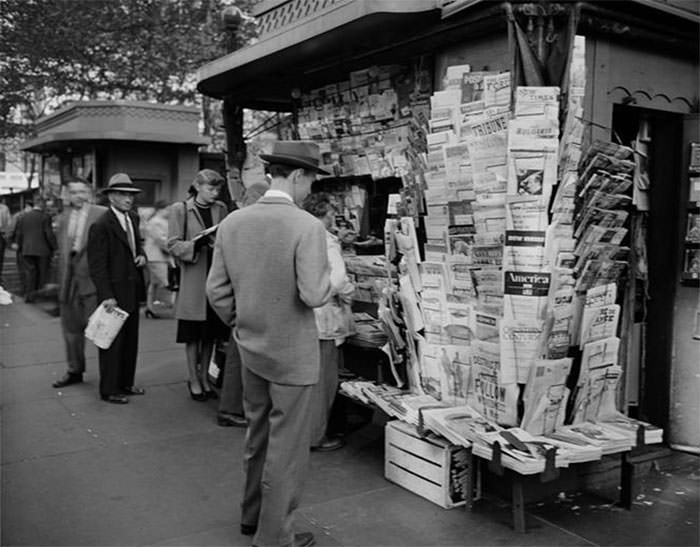
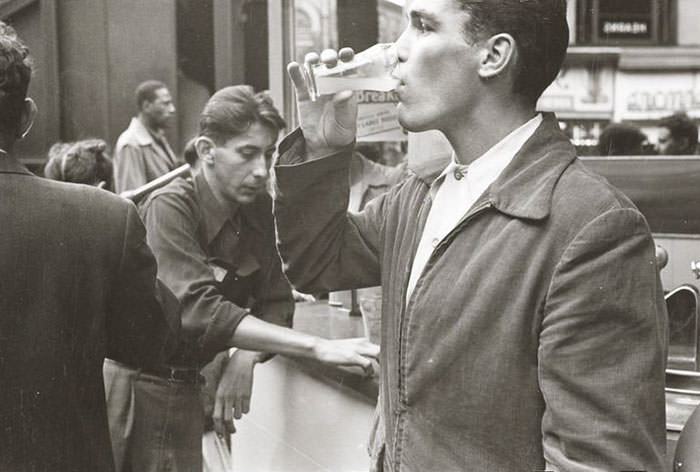
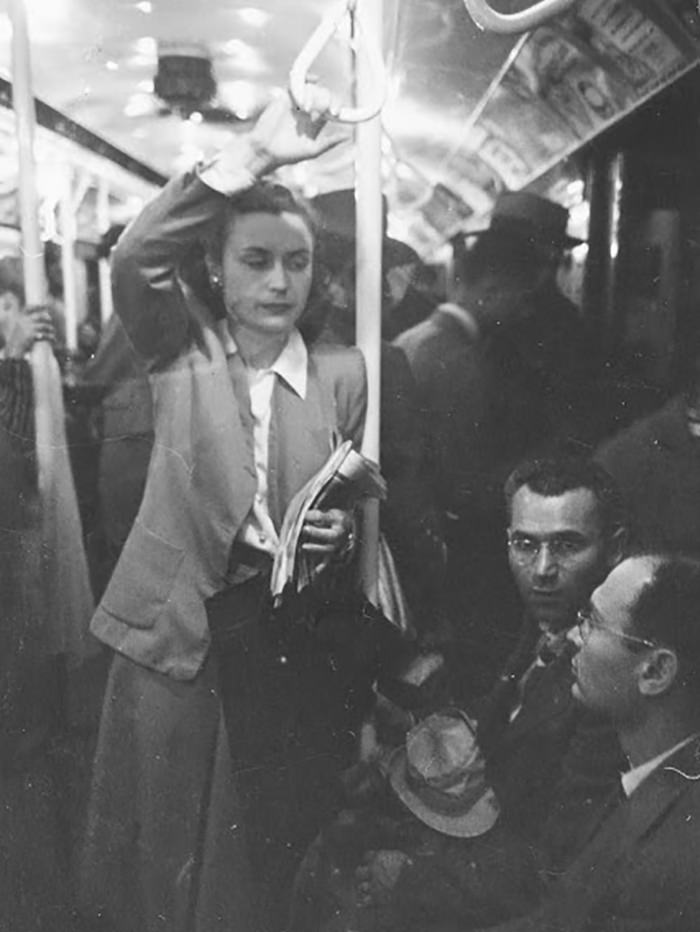
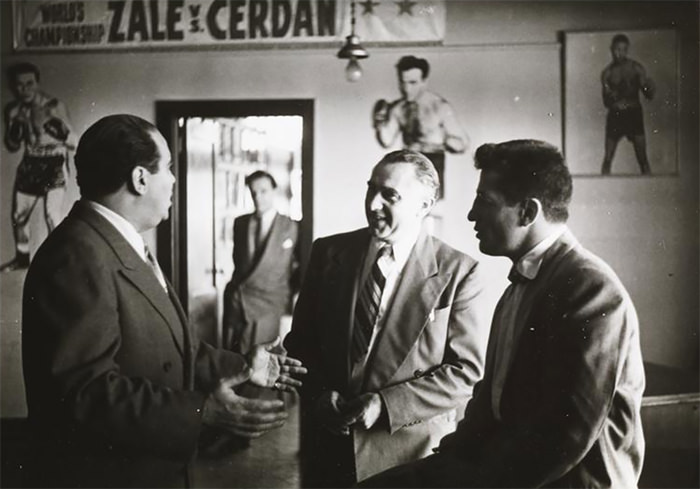
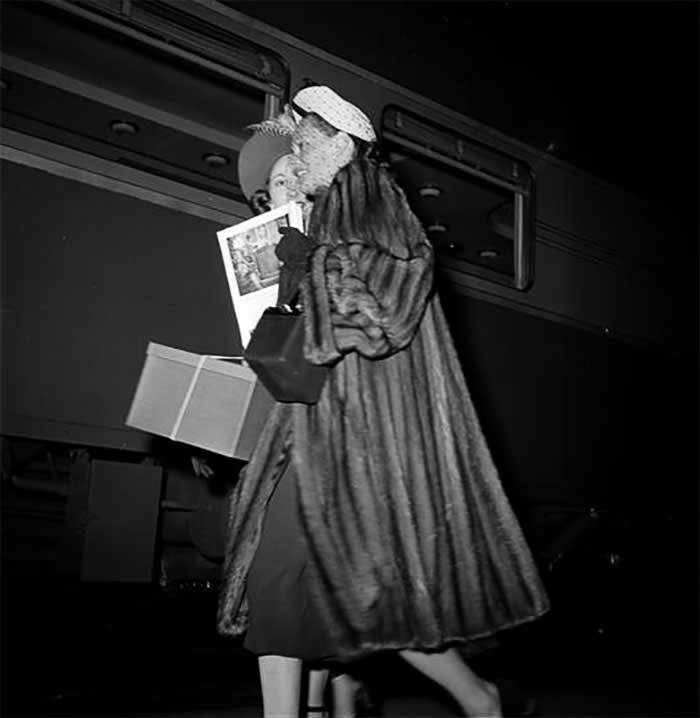
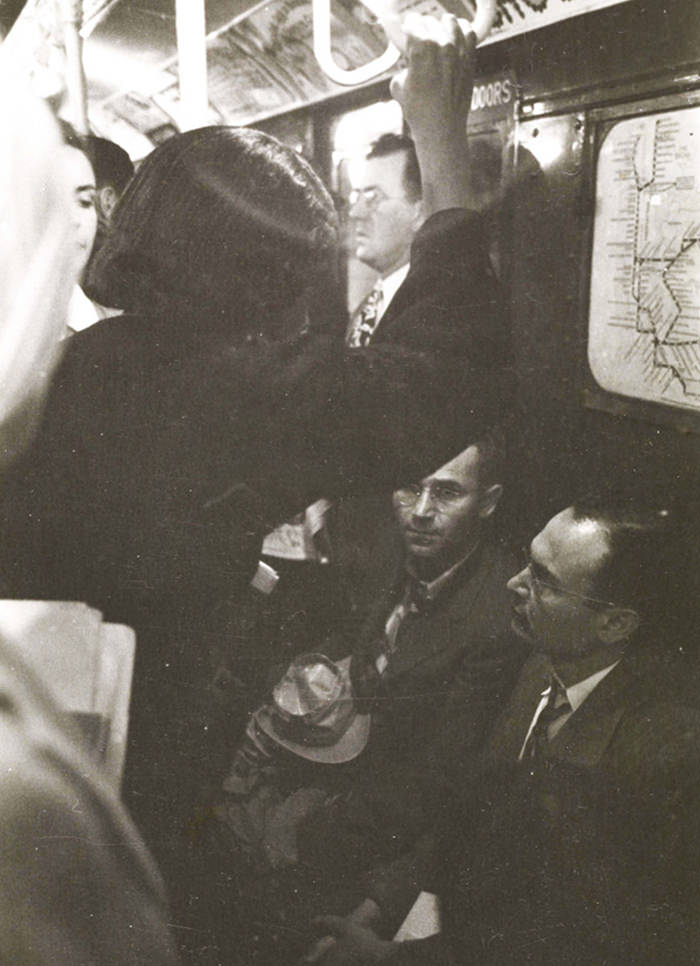
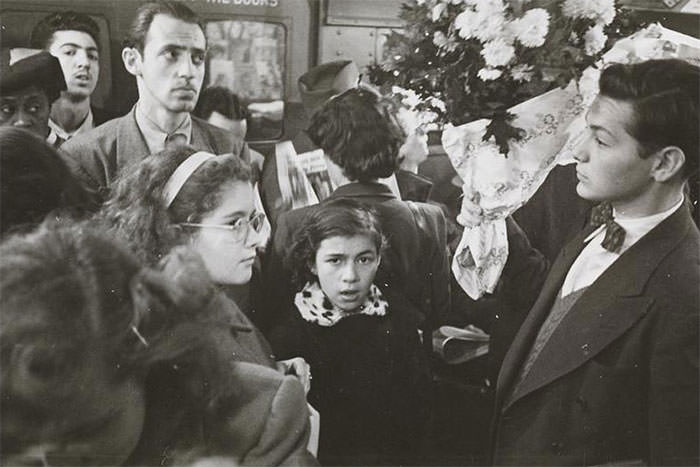
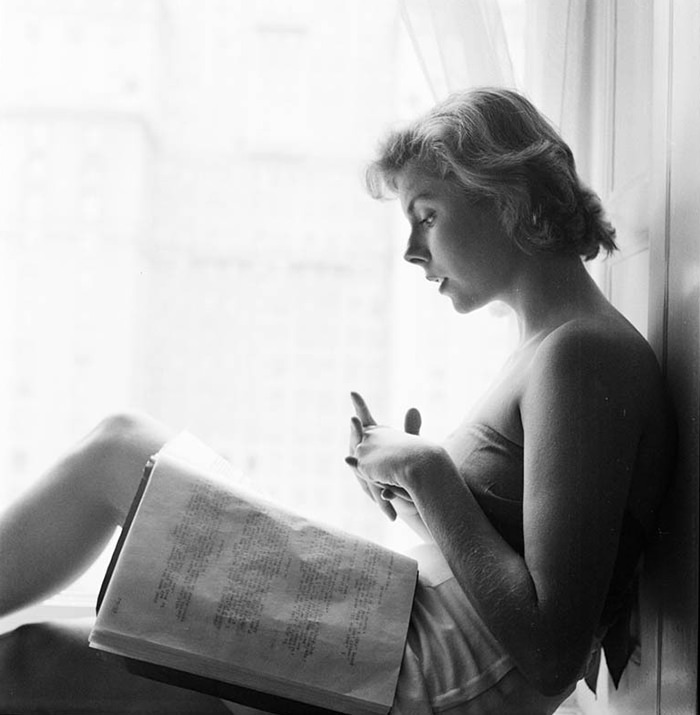
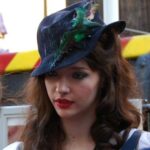
GIPHY App Key not set. Please check settings